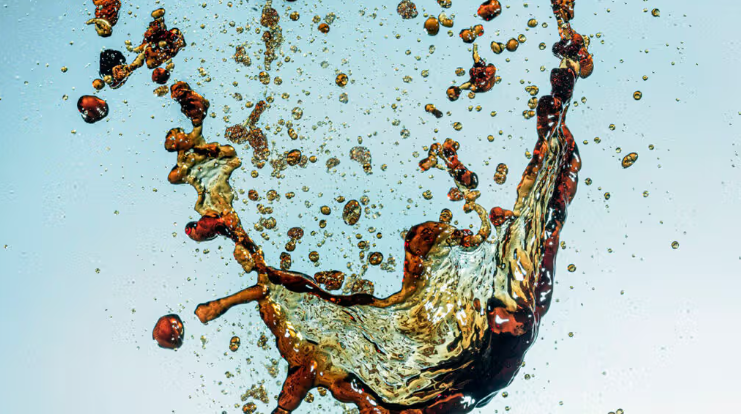- Diet sodas are often marketed as products that help with weight management.
- A new study suggests that heavy diet soda consumption may promote metabolic dysfunction-associated steatotic liver disease (MASLD) onset by increasing body mass index (BMI).
- Prior studies suggest that diet soda consumption is linked to higher BMI and blood pressure.
- Health experts agree that diet sodas may promote weight gain and liver disease.
- Excessive intake of artificial sweeteners found in diet sodas may also raise the risk of type 2 diabetes.
Metabolic dysfunction-associated steatotic liver disease (MASLD) is one of the most prevalent liver diseases. Current estimates suggest MASLD affects up to 46% of the world’s populationTrusted Source.
MASLD was formerly called nonalcoholic fatty liver disease (NAFLD) and renamed in June 2023Trusted Source.
The disease, marked by excess fat accumulation in the liver, has no initial symptoms. It can progress to metabolic dysfunction-associated steatohepatitis (MASH), a more serious condition that can lead to liver scarring and cirrhosis.
Currently, no medication has been approved to treat this form of liver disease. Doctors recommend exercise and dietary changes to help reduce body fat in preventing or reversing MASLD.
Health experts have long considered that soda consumption may increase MASLD risk by inducing insulin resistance and inflammation in the liver.
While diet sodas often tout claims like “zero sugar” and “zero calories,” these are not considered healthful beverages by experts.
Now, a research team set out to find an association between heavy consumption of diet soda and MASLD risk. Their work, recently published in BMC Public HealthTrusted Source, suggests a strong correlation between diet sodas and this form of liver disease.
“To the best of our knowledge, this is the first study to explore the association between diet soda consumption and MASLD in a nationally representative sample, and our findings can provide valuable dietary recommendations for the prevention and treatment of MASLD,” the study authors wrote.

Not only are you a very accomplished blogger, but this is also really interesting. I have subscribed to your feed, and I very much look forward to reading more of the excellent stuff that you produce. To add insult to injury, I have shared your webpage across all of my social media platforms!
I loved even more than you will get done right here. The overall look is nice, and the writing is stylish, but there’s something off about the way you write that makes me think that you should be careful what you say next. I will definitely be back again and again if you protect this hike.
you are in reality a just right webmaster The site loading velocity is incredible It seems that you are doing any unique trick In addition The contents are masterwork you have performed a wonderful task on this topic
Your point of view caught my eye and was very interesting. Thanks. I have a question for you.